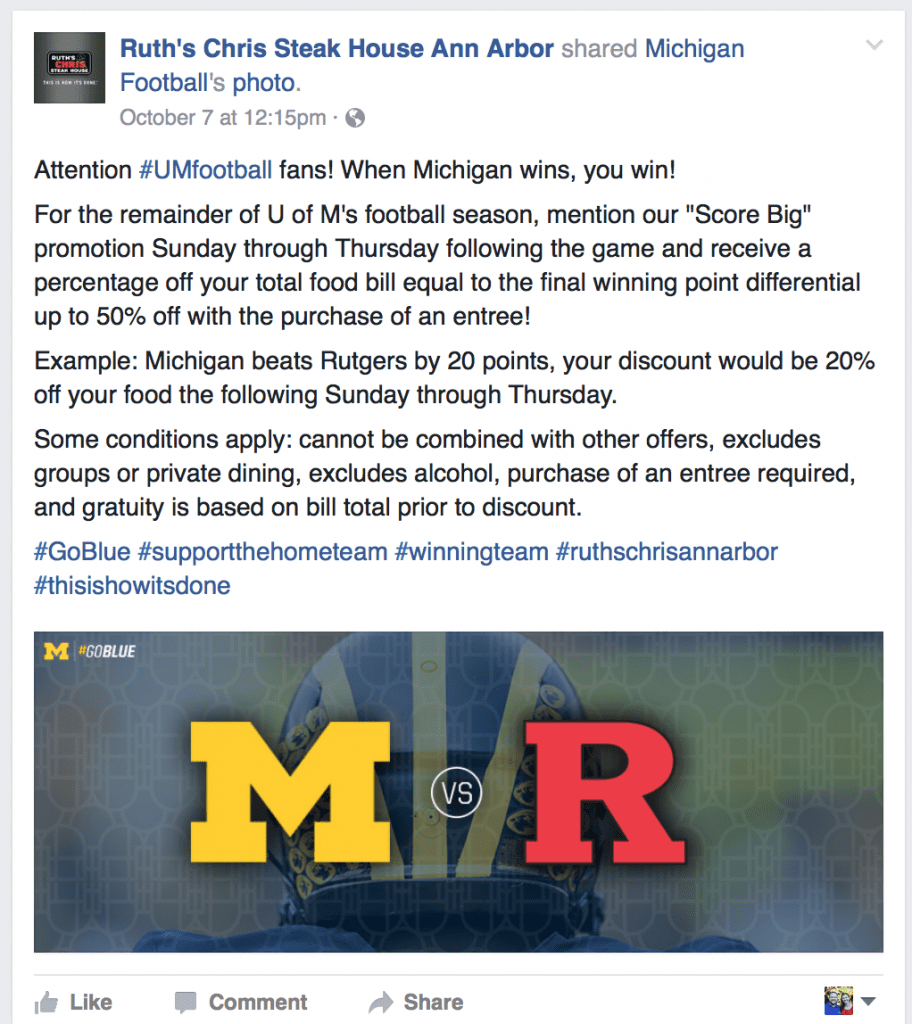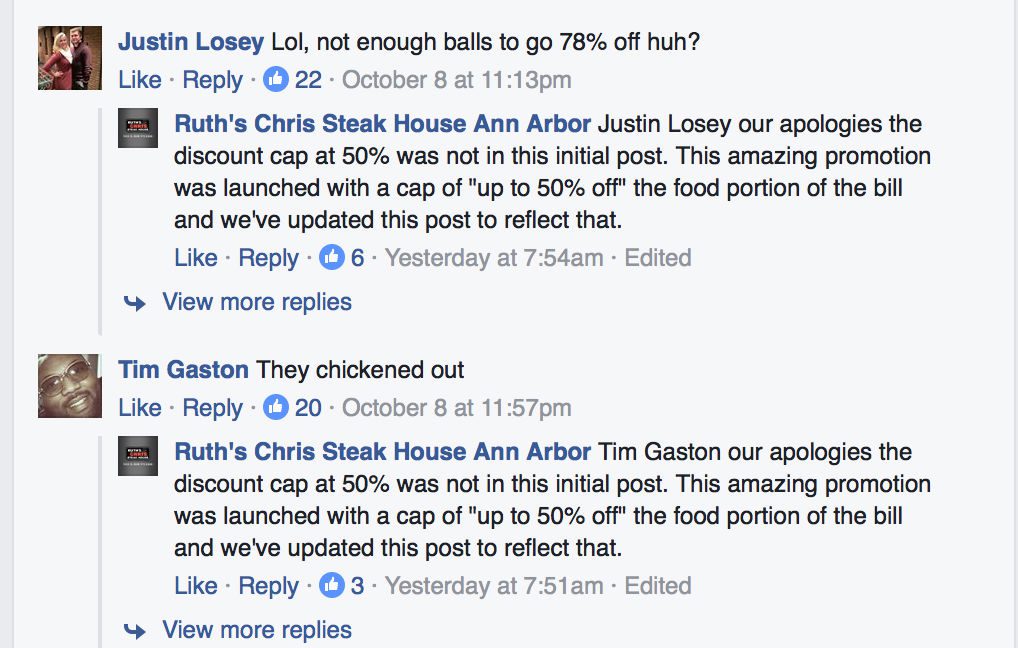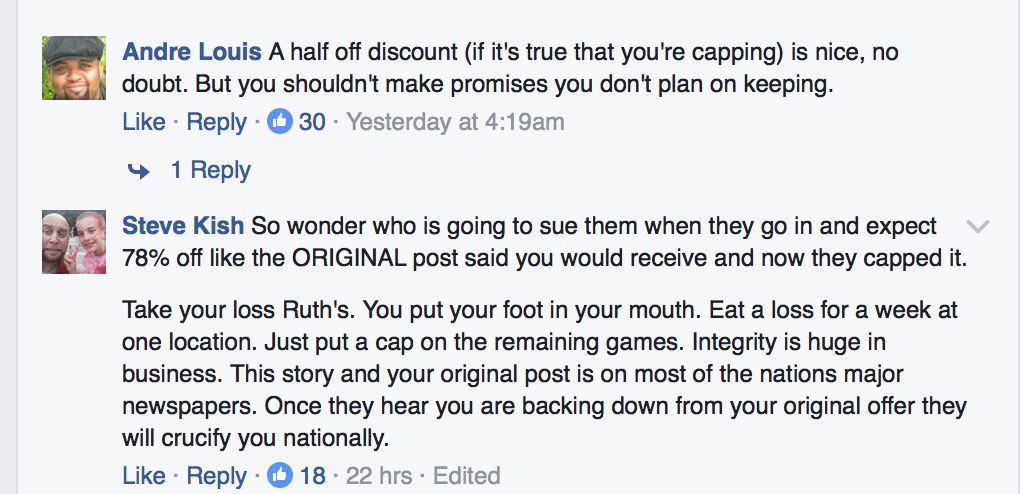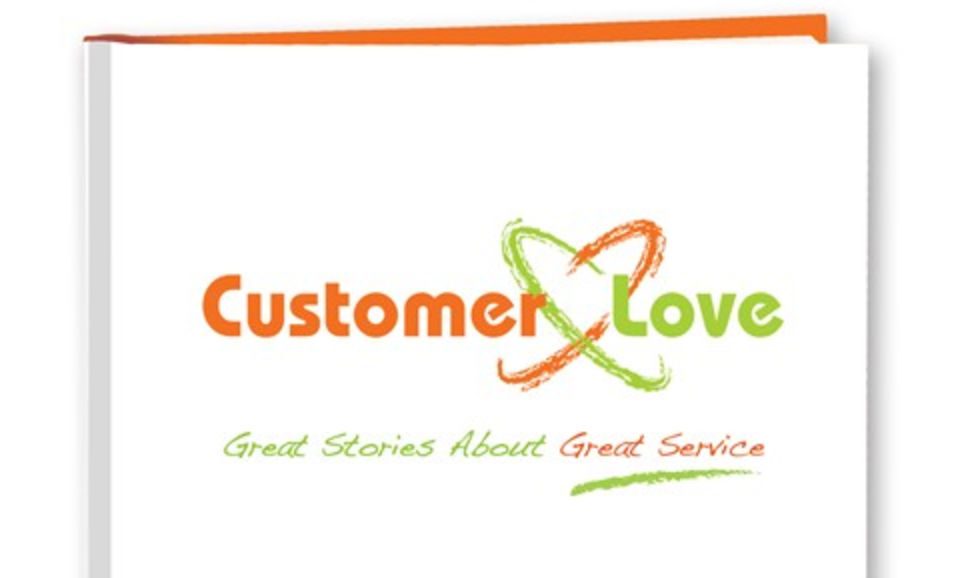We have already talked about: Price and Product. Now it is time to talk about the most fun portion, the Promotion. Promotion is the act of letting people know about your product or service. Promotion is probably the broadest of all of the 4 P’s because it impacts every part of the business.
One of the first things I tell clients is that good word of mouth is the best way to build a business. Good word of mouth is the cheapest and most consistent way to grow. This relies on great service and a great product. Part of promotion is to ensure that you invest the resources to make sure that service is great and the product is great. You do not want to draw more attention to subpar levels of product or service. A good promotion is like putting gas on a word of month bonfire not starting a fire that does not exist.
Once we get past word of mouth, then the strategies for promotion start to change dramatically  Certain products, industries, and customer bases are going to use different promotions differently. These can be as mundane as an ad in the classifieds(are those still a thing?) to getting your brand placed in a Hollywood movie.
What are things to think about when considering promotion?
- Audience- Who is your audience? If you do not know this, please come to a full stop in your marketing. You need to define who your audience is before you can talk to them. This can be as simple as observing your current customer base and noticing trends. It can be as complicated as highering a market research firm to get detailed information on potential customers and their likes and dislikes. This is an area where the old adage, “Measure twice, cut once” can be used. Take the time to make sure that you have an audience to target before you do any promotion.
- ROI- How much are you spending and how much do you anticipate that returning in revenue? Sometimes this is hard to do if you are doing a branding campaign This can also be difficult because often the effects will not be known until after the campaign is over. But track ROI and use success and failures of the past to consider new opportunities.
- Goals- What are your goals in your promotion? You need to think ahead of time what your goals are in order to make sure your promotion matches up with your goals. If your goal is in store visits, does the promotion lead to this? If the goal is branding, are you prepared to pay in the long term the cost of positioning yourself in your target audience?
- Are you ready?- Are you ready for the new customers that may come out of a promotion? Do you have the infrastructure in place to ensure you have a chance to make a fan of the new customers? If not, hit pause for a little while to work on being prepared. An ounce of prevention is worth a pound of cure.Additionally are you ready with your branding to make good decisions on what kind of ads to use and where to place them? Are you creating promotions that help people think about your business the way you want them to? Be sure to think about that on the front end to not create brand confusion.
Do you have questions about how to use the 4 P’s for your business? If so, let’s talk.







